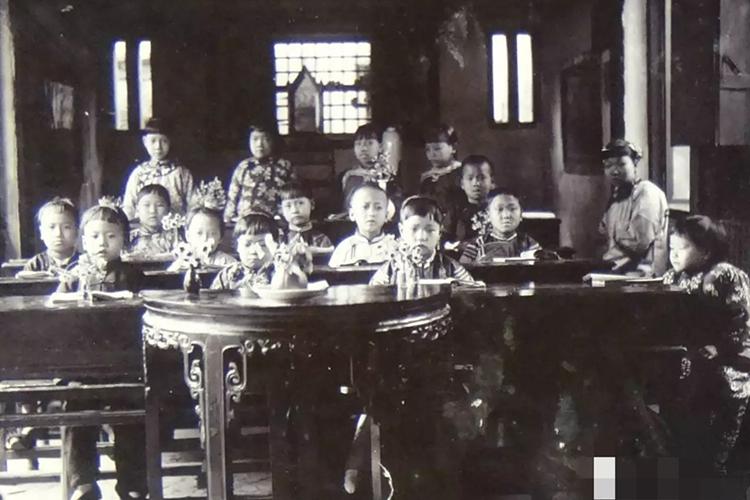In the 1860s, missionaries of the RCA (Reformed Church in America) carried out missionary work in southern Fujian. They soon realized that, in order for the Bible to have an important impact on people, the problem of illiteracy must first be addressed. In this regard, the education of women was more urgent than that of men.
At that time, Chinese people still had traditional conservative ideas about girls' education. They did not want to send girls to school and did not want to let their daughters study in schools with boys for fear of physical contact with boys. In order to solve this problem, the RCA established a special school for girls in Xiamen, Peide Girl's School, so that many local women could enter the school and study cultural courses.
The success of the Peide Girls' School also prompted the RCA to start a girls' school in Pinghe, which was also one of the most important missionary centers in the interior of southern Fujian.
In 1888, Alice Van Dyck, the wife of American missionary Pastor Alexander S. Van Dyck, founded the earliest Xiaoxi Girls' School in Zhangzhou, in Xiaoxi, Pinghe. When it was first established, all students attended classes in rented houses. Soon after, Xiaoxi Church, with the support of the Foreign Missionary Women's Committee, built a new school site on the east side of Xiaoxi Qiaotou Street Chapel, and students have been living in the new school building since then.
In the spring of 1892, when Pastor Henry N. Cobb, an American missionary, visited the church in Xiaoxi, he described the Xiaoxi Girls' School as follows: "Above the chapel is the girls' primary school, and as we ascended the narrow and steep staircase, we saw the smiling faces of eighteen girls and their teachers, who saluted us, welcomed us warmly, and offered us tea; but they have no better schoolhouse, and the upper floor is only about twelve or fifteen feet times twenty-five feet, which is divided into two parts. The front of the upper floor is used as a bedroom, and the back is for lessons and living. The windows were small. The rooms are dark and shabby and look uninviting." Although the school building was narrow, many girls still asked for admission.
In 1886, Pastor Leonard William, the first missionary of the RCA to come to Pinghe, built two girls' buildings together with his wife Helen William in the Houxiang Village of Xiaoxi. In 1893, Xiaoxi Girls' School added the Xiaoxi Gospel Society (commonly known as Xiaoxi Women's School), with Helen William as the principal. When the school opened, there were eight women boarders studying in the school, and the rest were mostly women who lived nearby and attended the day school.
The teachers of the school were mainly missionaries, including Min Meide, the Chinese name of a western missionary, who had the highest musical accomplishment and profound attainments among missionaries in southern Fujian, and the maternal grandmother of Zhangpu native Hong Ying, who graduated from a seminary. However, they did not live in the school but in the girls' building, nearly 500 meters away from it.
Pinghe Xiaoxi Girls' School and the Xiaoxi Women's Bible School were founded with the original intention of the church for women to learn to read and study the Bible, but the school did not ignore non-religious courses, such as geography, arithmetic, Chinese literature, nature, art, and music, and also taught home economics to women to improve their own quality and cultivation.
- Translated by Nicolas Cao












